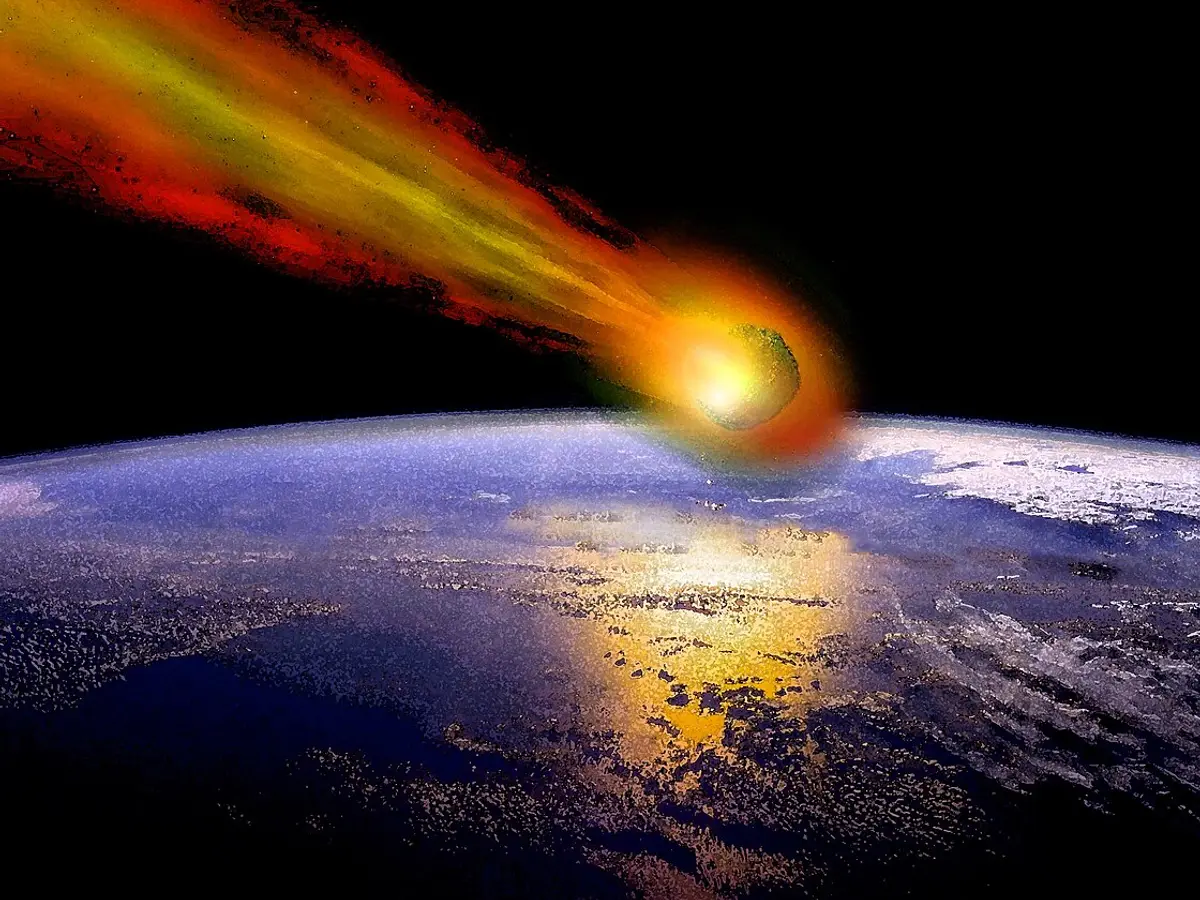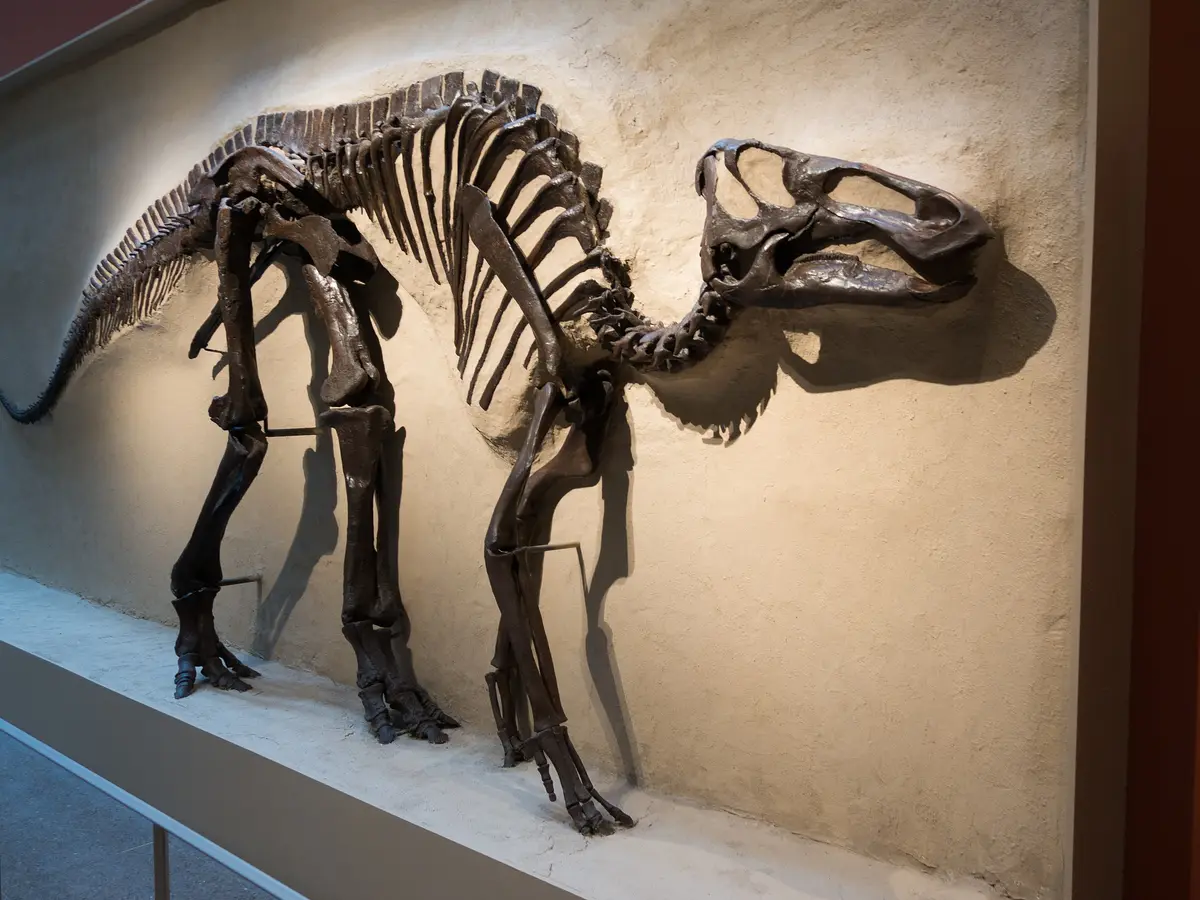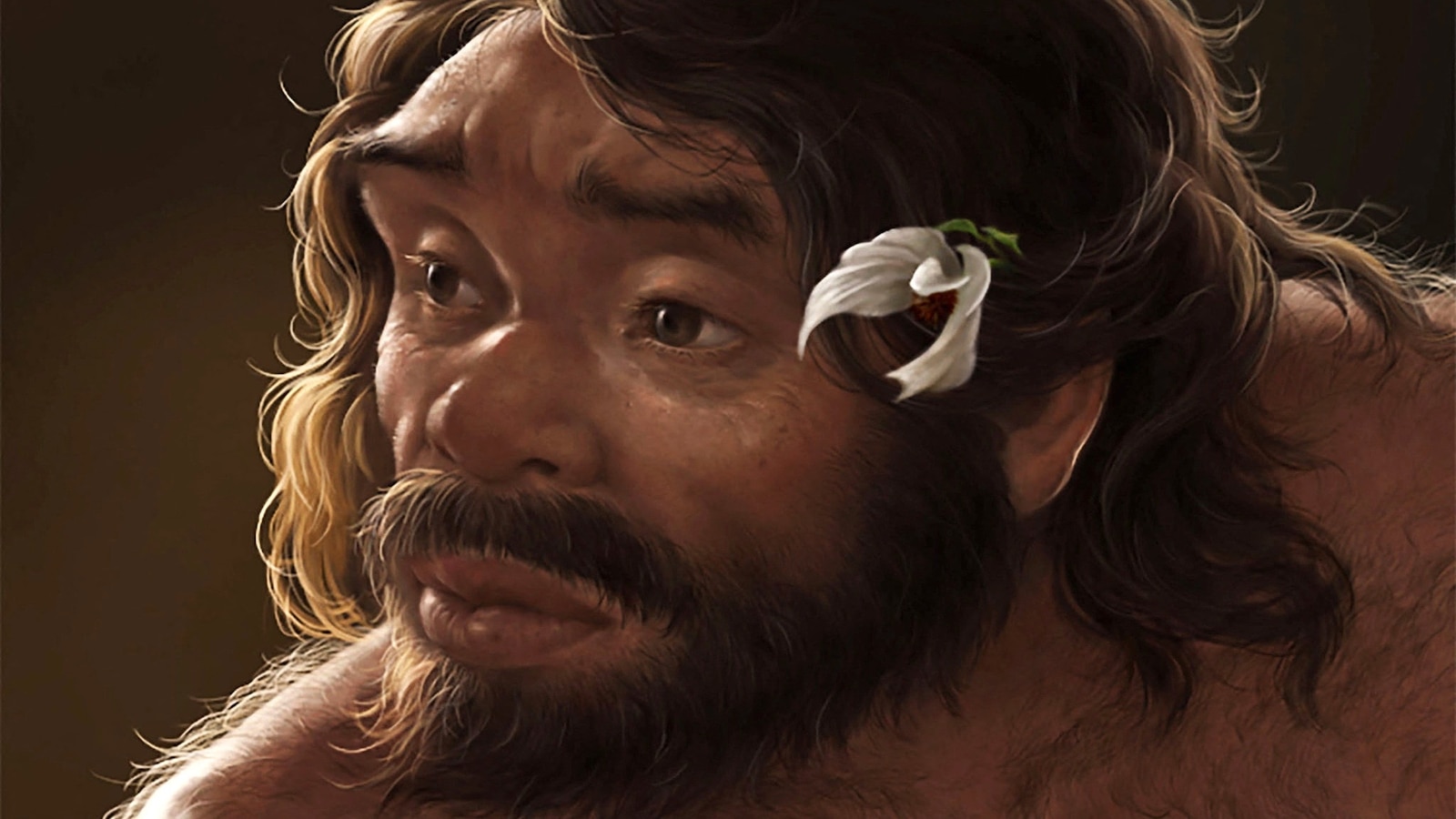Unseen Asteroids Could Be Future City-Killers: What You Need to Know!

Imagine a hidden population of asteroids lurking in the shadows of our solar system, potentially on a collision course with Earth! Astronomers led by Valerio Carruba from São Paulo State University have made a groundbreaking discovery of these elusive celestial bodies co-orbiting the Sun alongside Venus, a finding that could have serious implications for our planet.
These asteroids, known as 1:1 mean-motion resonant objects, share the same orbital period as Venus but are not satellites of the planet. Currently, around 20 of these co-orbital asteroids are known, but they have high orbital eccentricity, meaning their paths around the Sun are elongated. This eccentricity helps them avoid the glare of the Sun, allowing telescopes to occasionally spot them. However, Carruba’s research reveals that this is likely a skewed view; there could be many more asteroids hiding in plain sight with lower eccentricities that are nearly impossible to detect with our current ground-based methods.
The study highlights the dangers these asteroids pose. Many are estimated to be at least 140 meters wide, categorizing them as ‘city killers’ should they ever collide with Earth. While none of the known asteroids currently pose an immediate threat, simulations indicate that some could evolve into Earth-crossing orbits due to gravitational disturbances. Specifically, six known co-orbital asteroids have been flagged for their potential to become what astronomers call Potentially Hazardous Asteroids (PHAs). These are objects whose orbits might one day intersect with Earth’s, warranting close scrutiny.
Why is spotting these asteroids so difficult? The answer lies in their orbits. The low-eccentricity co-orbitals spend most of their time close to the Sun, making them almost invisible to our current telescope technology, which is severely hampered by solar glare. Unlike their high-eccentricity cousins that drift far from the Sun and are easier to observe, these asteroids remain hidden and can only be seen in very narrow windows—just after sunset or before dawn, when the glare is less intense.
Fortunately, future advancements in telescope technology may help us bridge these observational gaps. NASA’s upcoming NEO Surveyor mission is set to launch within the next few years and will use infrared wavelengths to detect faint, dark objects that could be obscured by sunlight. The Vera C. Rubin Observatory may also have favorable conditions for spotting these elusive asteroids during specific configurations.
So, what does all this mean for Earth? As of now, we are not in immediate danger from the known co-orbitals. However, the long-term risk remains as gravitational interactions can shift the orbits of these bodies over thousands of years, turning a once-safe asteroid into a potential threat. Thus, improving our surveys is crucial. Understanding what lies beyond our current sight will be essential for protecting Earth, and space-based infrared observations could play a key role in this endeavor.


















